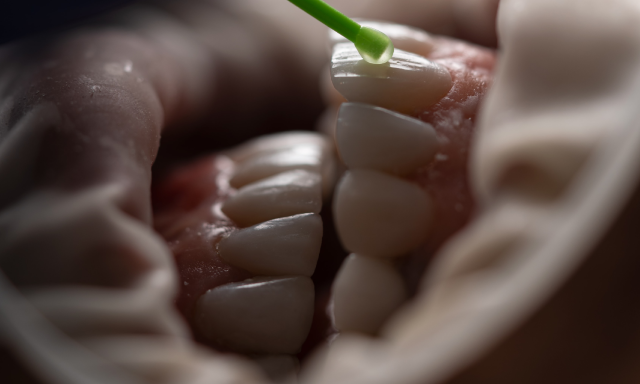Why Sherman Oaks Endodontics?
Proficiency
At Sherman Oaks Endodontics, under the guidance of Dr. Zarabian, our committed team boasts years of expertise in alleviating tooth discomfort via root canal treatments. Patients who have received root canal treatment may also need internal teeth bleaching, that’s why we offer both the services at Sherman Oaks Endodontics.
Comprehensive Care
Our approach extends beyond mere temporary solutions for tooth issues. We are staunch proponents of delving into the underlying causes, ensuring enduring relief, and promoting holistic well-being.
Demonstrated Success
Numerous contented patients bear witness to the life-changing impact of our specialized, personalized endodontic services, delivering proven results time and time again.

